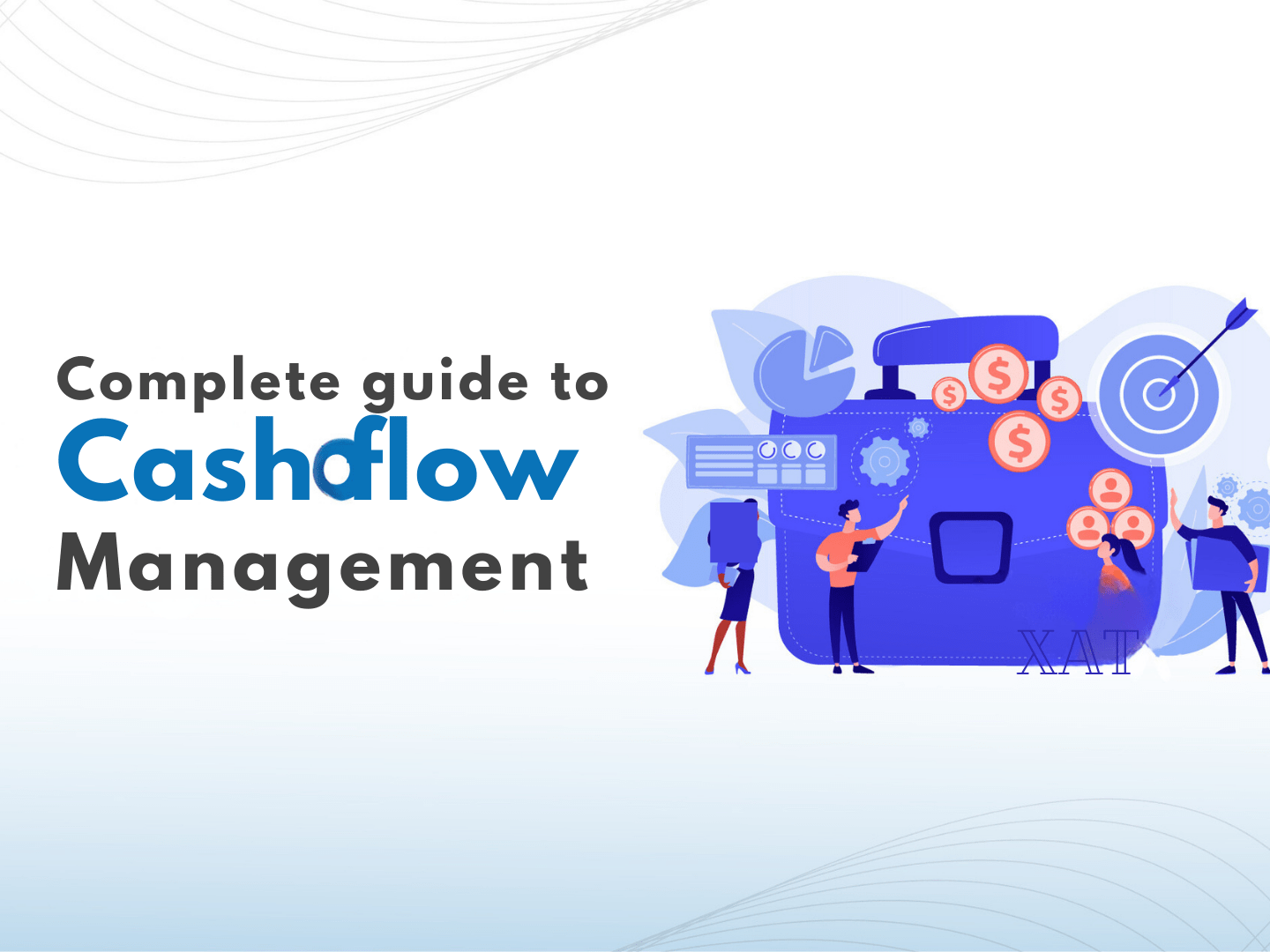
Cash flow management is the backbone of financial stability and success for businesses of all sizes. Mastering the art of cash flow management involves careful planning, diligent monitoring, and strategic decision-making. In this comprehensive guide, we’ll walk you through a step-by-step process to effectively manage your cash flow, optimize liquidity, and achieve financial resilience. Whether you’re a seasoned entrepreneur or a budding business owner, this guide will equip you with the tools and strategies you need to navigate the intricacies of cash flow management.
Step 1: Dive into the Fundamentals:
- Understand the concept: Cash flow is the continuous movement of money in and out of your business. It’s essentially your income (sales, investments) minus your expenses (purchases, salaries, taxes).
- Know your cycle: Track your cash conversion cycle (time it takes to convert sales into cash) and payment cycle (time it takes to pay suppliers).
- Identify bottlenecks: Analyze your cash flow statement to pinpoint areas where money gets stuck, delaying your financial flow.
Step 2: Build Your Financial Ark:
- Create a budget: Forecast your income and expenses for a specific period (month, quarter, year). Use historical data and industry benchmarks as guides.
- Set realistic goals: Aim for a positive cash flow over your chosen period. Break down large goals into smaller, achievable targets.
- Track your progress: Regularly monitor your actual cash flow against your budget and adjust your plan as needed.
Step 3: Optimize Your Inflows:
- Invoice promptly: Send invoices immediately after completing services or delivering goods. Offer early payment discounts to incentivize quicker payments.
- Diversify your income streams: Don’t rely on a single source of income. Explore new markets, products, or services to spread your risk.
- Collect payments efficiently: Establish clear payment terms and follow up on overdue invoices promptly. Consider online payment options for easier and faster transactions.
Step 4: Manage Your Outflows Strategically:
- Negotiate terms with suppliers: Try to extend your payment terms while shortening your collection cycle to optimize your cash flow.
- Control inventory levels: Avoid overstocking, which ties up your capital in unused products. Implement inventory management systems for better control.
- Minimize unnecessary expenses: Review your spending regularly and identify areas where you can cut back without compromising quality.
Step 5: Weather the Storms:
- Build an emergency fund: Aim to save enough to cover at least 3-6 months of operating expenses in case of unexpected events.
- Secure financing options: Explore lines of credit or short-term loans as backup plans for temporary cash flow needs.
- Communicate proactively: Inform stakeholders (investors, employees) about any potential cash flow challenges and your plan to address them.
Remember, cash flow management is an ongoing process, not a one-time fix. By following these steps consistently, adapting to changing circumstances, and continuously seeking improvement, you can transform your business into a financially secure vessel, ready to navigate any financial sea with confidence.
Ready to manage your cash flow effectively & efficiently? Request a free demo today! Experiment with different software options to find the perfect fit for your business.